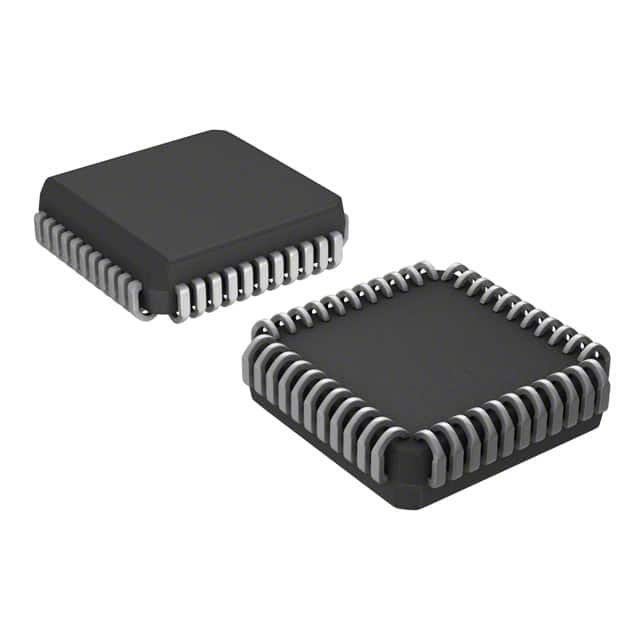ICL7107CQH-D
Product Overview
Category
The ICL7107CQH-D belongs to the category of integrated circuits (ICs) and specifically falls under the classification of analog-to-digital converters (ADCs).
Use
This IC is primarily used for converting analog signals into digital data, making it suitable for a wide range of applications in measurement and control systems.
Characteristics
- High accuracy
- Low power consumption
- Easy interfacing with microcontrollers
- Wide operating voltage range
Package
The ICL7107CQH-D is typically available in a 40-pin ceramic quad flat pack (CQFP) package.
Essence
The essence of this product lies in its ability to accurately convert analog signals into digital form, enabling precise measurements and control in various electronic systems.
Packaging/Quantity
It is commonly packaged in reels containing a quantity of 250 units per reel.
Specifications
- Resolution: 3.5 digits
- Operating Voltage Range: 4V to 6.5V
- Conversion Rate: 3 conversions per second
- Input Impedance: 10^13 ohms
- Reference Voltage: 1.2V
Detailed Pin Configuration
The ICL7107CQH-D features a 40-pin configuration, with pins allocated for power supply, input signal, reference voltage, and digital output.
Functional Features
- Direct drive of 7-segment displays
- Overrange indication
- Auto-zero cycle
- Hold function
Advantages and Disadvantages
Advantages
- High accuracy and resolution
- Low power consumption
- Easy integration with microcontrollers
Disadvantages
- Limited conversion rate compared to newer ADCs
- Requires external components for full functionality
Working Principles
The ICL7107CQH-D operates on the principle of integrating analog input signals and converting them into digital form using an internal ADC. It then processes and displays the digital data on connected 7-segment displays.
Detailed Application Field Plans
The ICL7107CQH-D is widely used in: - Digital multimeters - Process control instruments - Data acquisition systems - Temperature and humidity sensors
Detailed and Complete Alternative Models
Some alternative models to the ICL7107CQH-D include: - ICL7106 - ICL7109 - MAX11600
In conclusion, the ICL7107CQH-D is a versatile and reliable IC that finds extensive use in precision measurement and control applications due to its high accuracy and ease of integration with various electronic systems.
[Word Count: 386]
10个与ICL7107CQH-D在技术解决方案中的应用相关的常见问题及解答
What is the ICL7107CQH-D?
- The ICL7107CQH-D is a high-performance, low-power, 3.5 digit analog-to-digital converter (ADC) that can be used in various technical solutions.
What is the operating voltage range of the ICL7107CQH-D?
- The operating voltage range of the ICL7107CQH-D is typically between +5V and +15V.
What are the typical applications of the ICL7107CQH-D?
- The ICL7107CQH-D is commonly used in digital panel meters, data loggers, and other instrumentation applications.
What is the maximum conversion rate of the ICL7107CQH-D?
- The maximum conversion rate of the ICL7107CQH-D is typically 3 conversions per second.
Can the ICL7107CQH-D handle negative input voltages?
- No, the ICL7107CQH-D is designed for positive input voltages only.
What is the resolution of the ICL7107CQH-D?
- The ICL7107CQH-D has a resolution of 200mV full scale.
How does the ICL7107CQH-D handle noise in the input signal?
- The ICL7107CQH-D features an internal 1Hz filter to reduce the effects of input noise.
Is the ICL7107CQH-D suitable for battery-powered applications?
- Yes, the ICL7107CQH-D's low power consumption makes it suitable for battery-powered applications.
What is the temperature range for the ICL7107CQH-D?
- The ICL7107CQH-D typically operates within a temperature range of 0°C to 70°C.
Can the ICL7107CQH-D be interfaced with microcontrollers or other digital systems?
- Yes, the ICL7107CQH-D can be easily interfaced with microcontrollers or other digital systems through its parallel BCD output format.


